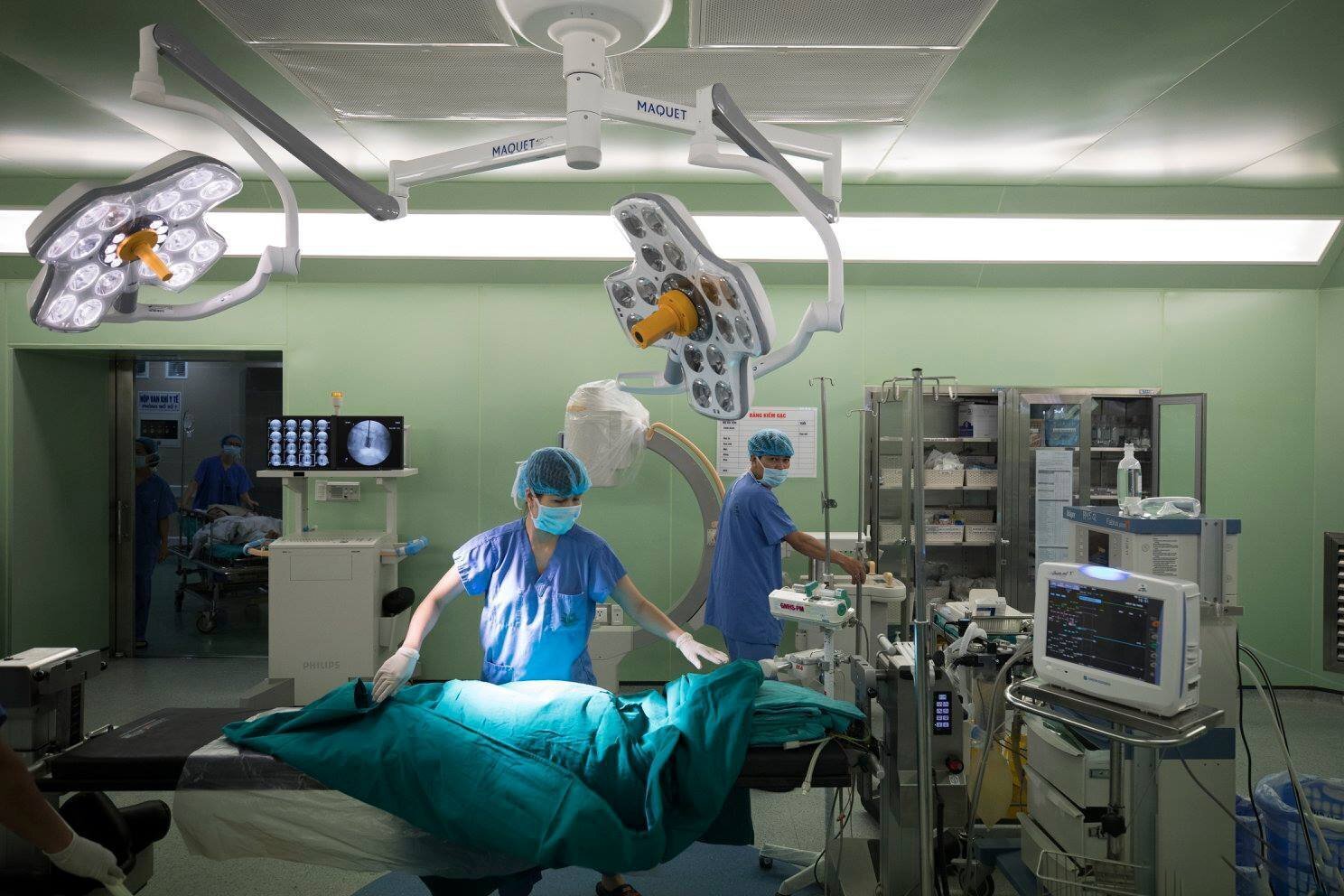
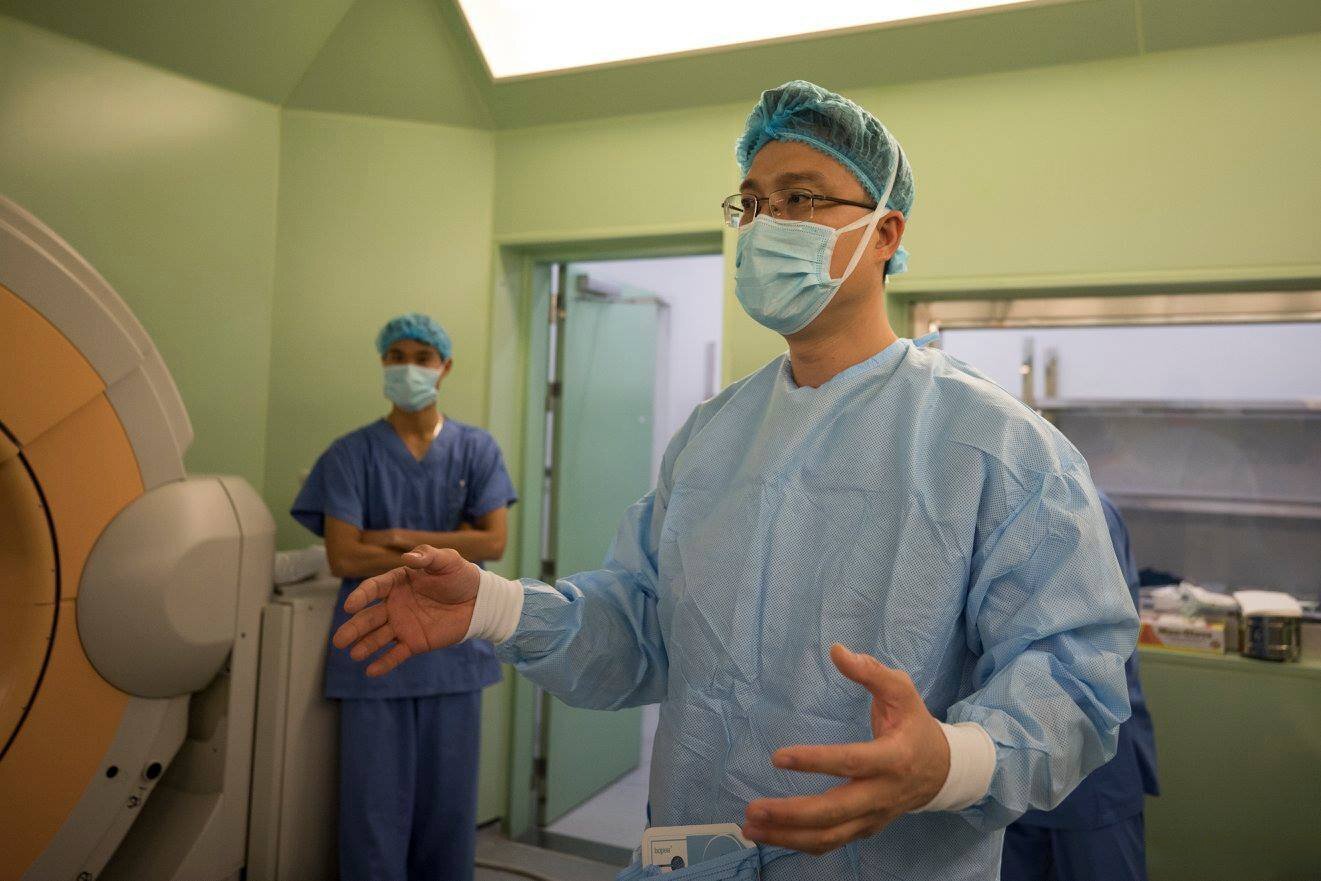
At 8 p.m., in an operating room at Bach Mai Hospital, Hanoi , patient Nguyen Minh Anh (13 years old) was brought in. Associate Professor, Dr. Hoang Gia Du - Head of the Department of Orthopedics and Spine, put on gloves and instructed the surgical team to prepare all the equipment for the surgery that was expected to last a long time.

Minh Anh has idiopathic thoracic and lumbar scoliosis. As she grows older, her spine becomes more and more curved and deformed, making daily activities difficult and her back constantly aching. After examination, the doctors recommended spinal surgery to avoid complications in other organs.
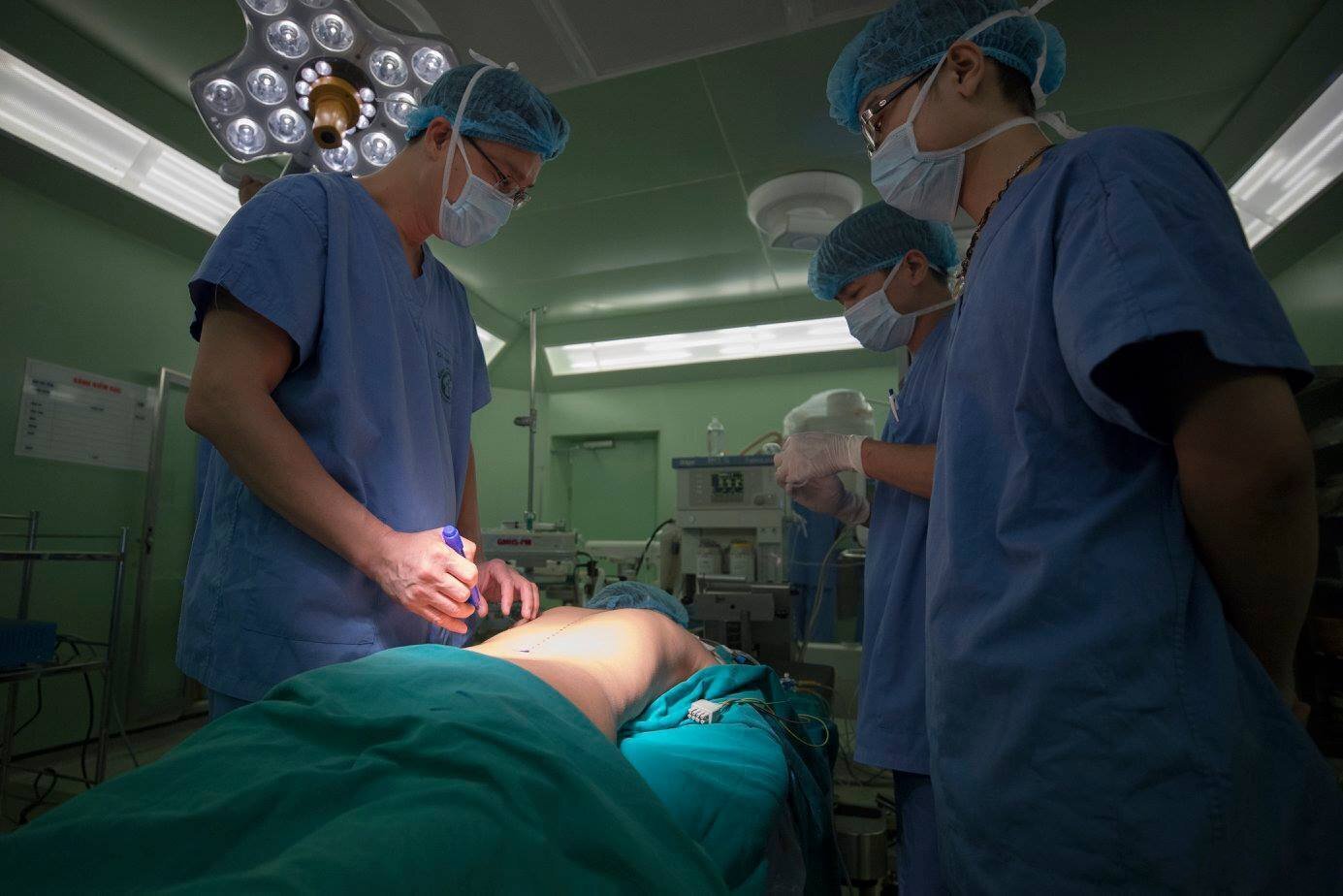
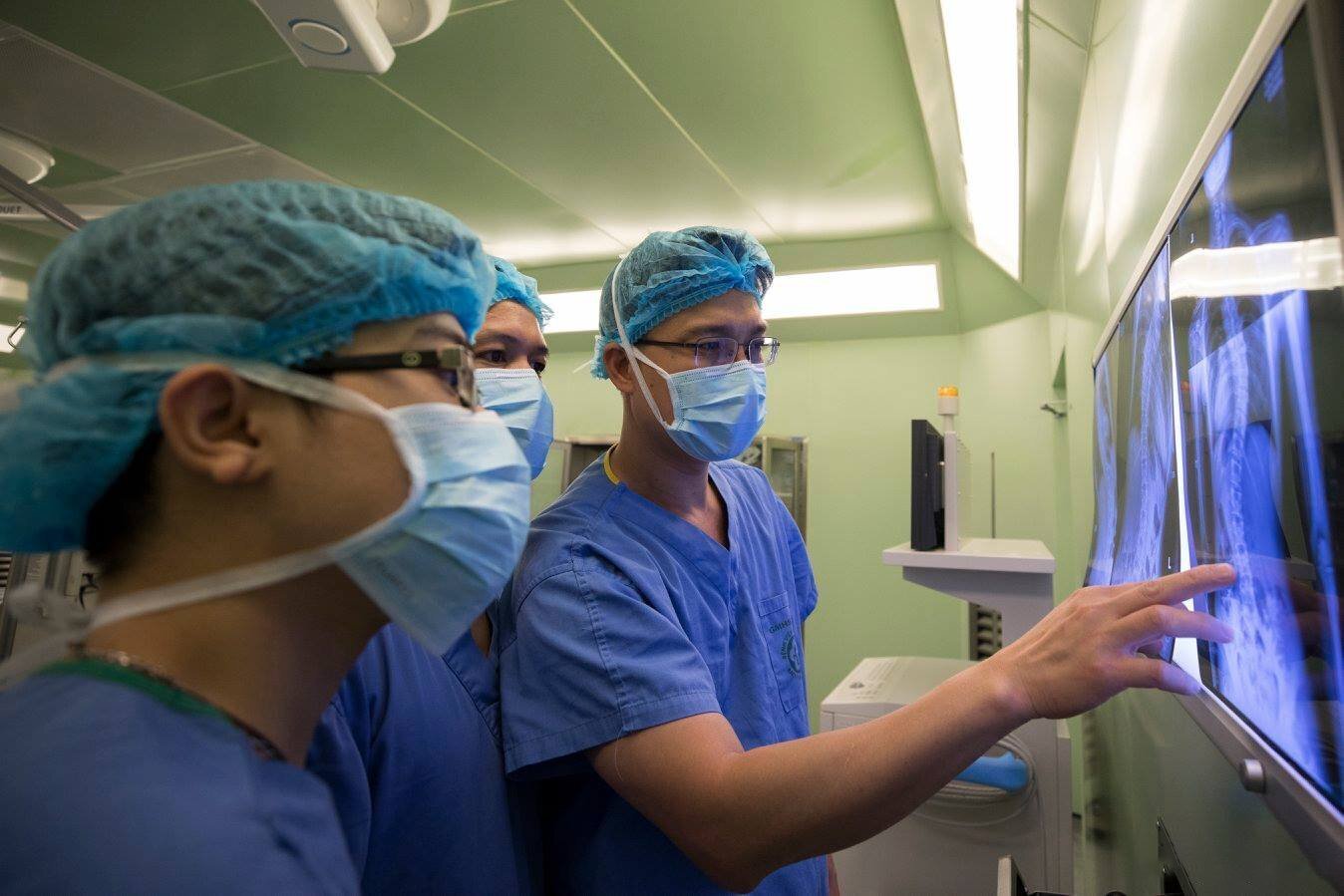

Dr. Hoang Gia Du is the one who directly holds the scalpel. He is a leading expert, with more than 20 years of experience in the field of orthopedics and trauma, and has successfully performed thousands of surgeries. Before the surgery begins, the doctors measure the patient's spinal anatomical indicators.
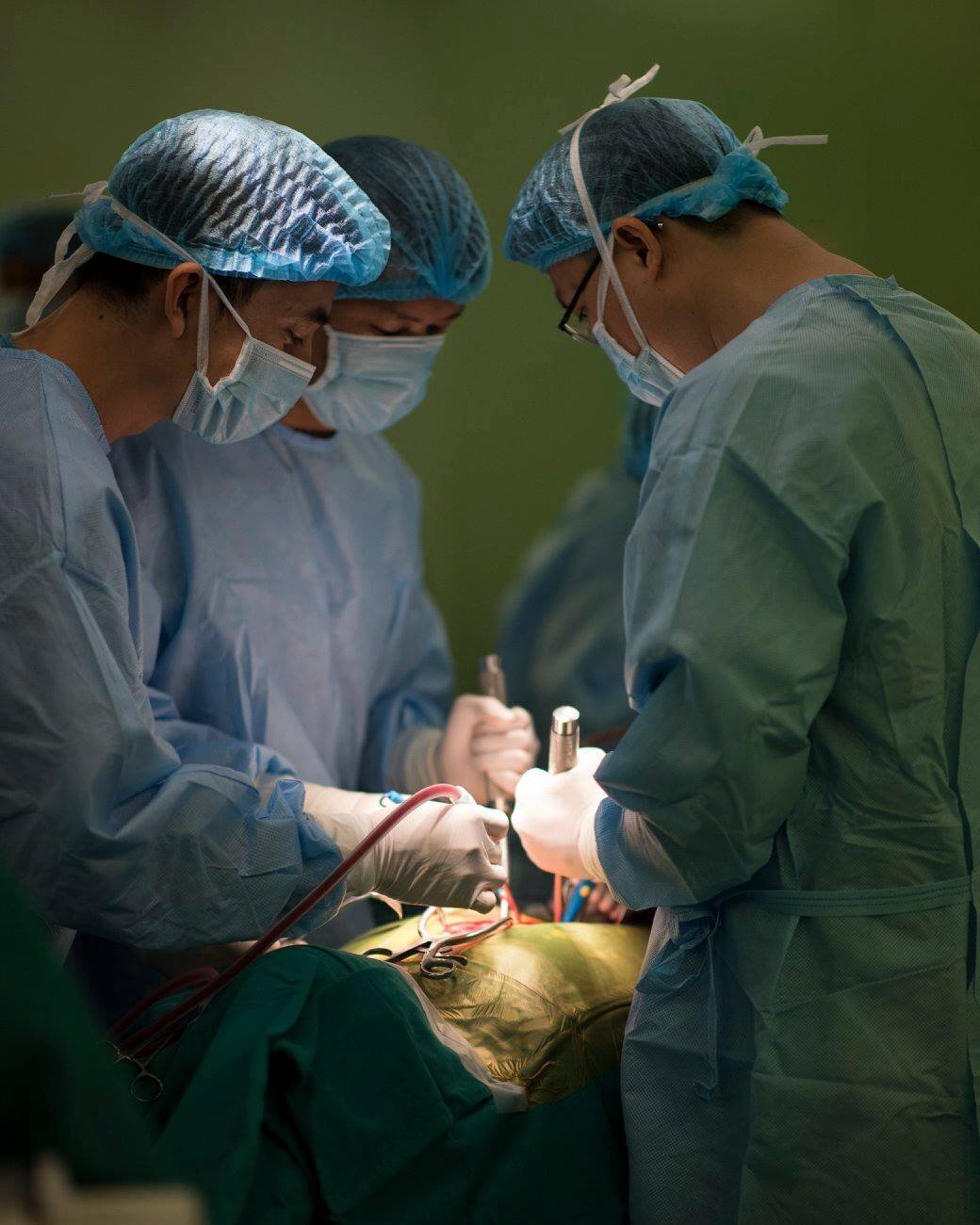
After checking all the patient's vital signs, the doctors began surgery to realign the 13-year-old girl's spine.
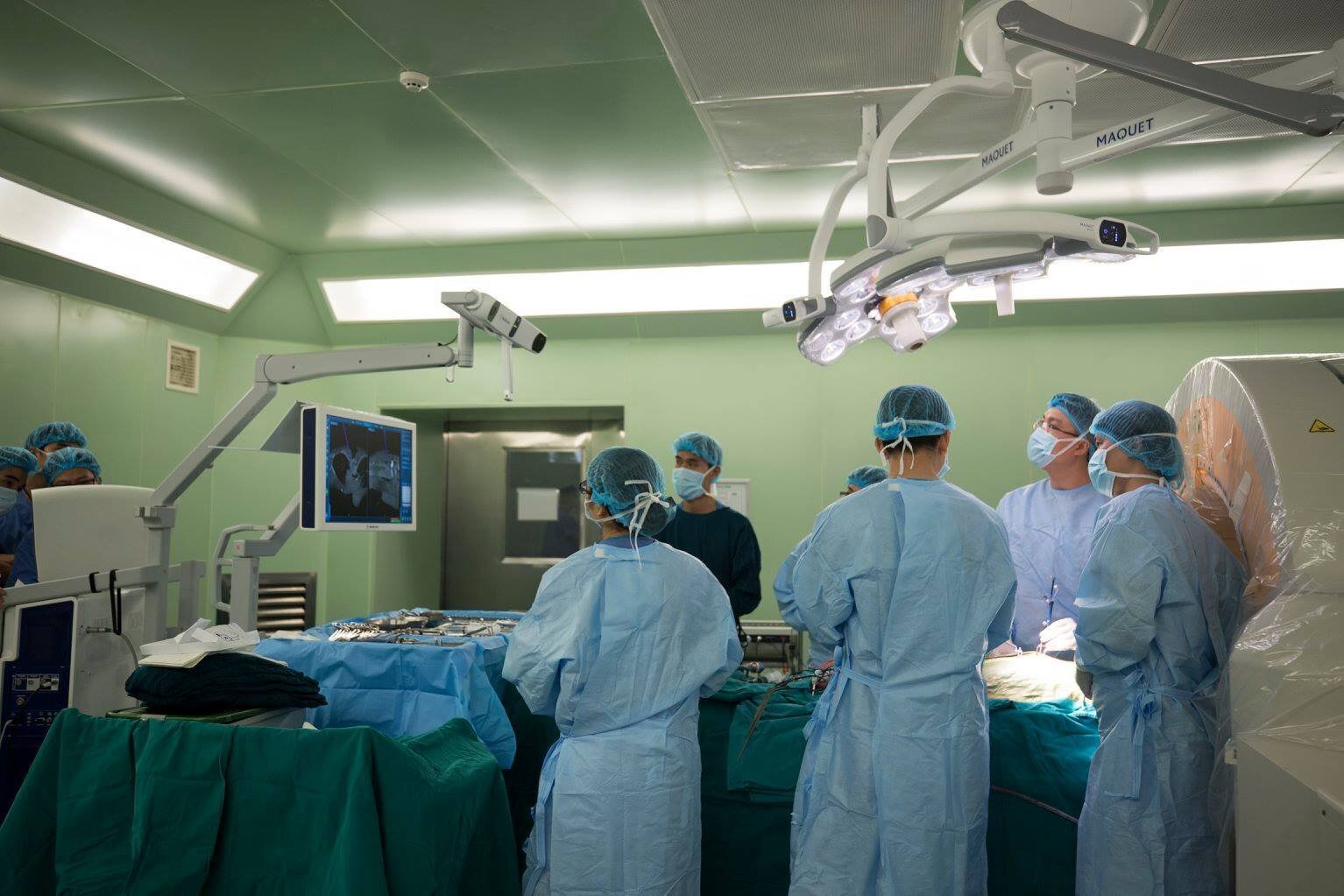
Associate Professor, Dr. Hoang Gia Du said that to ensure patient safety and save time, the surgical team uses the most modern 3D spatial positioning system and multi-slice computed tomography of the spine.
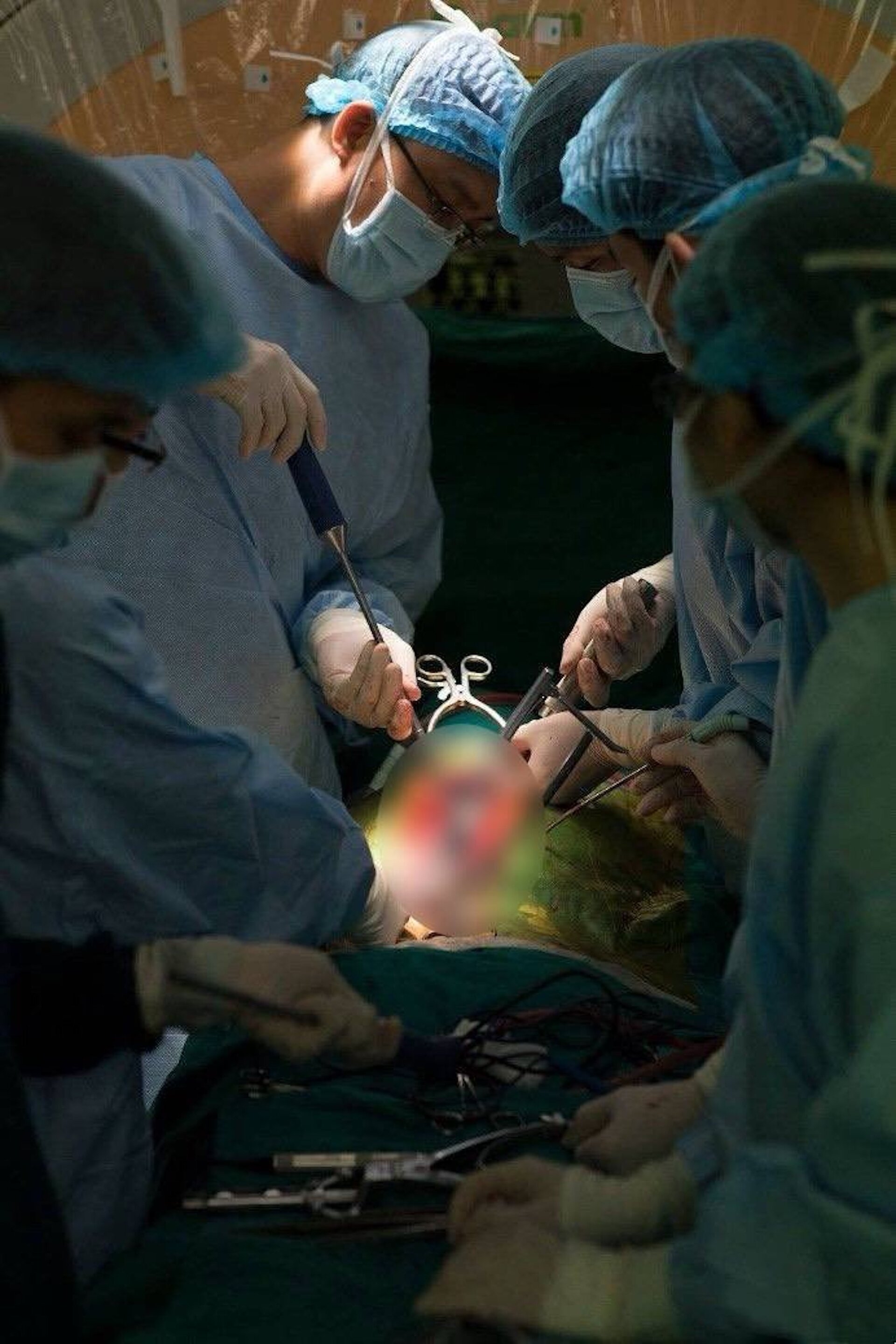
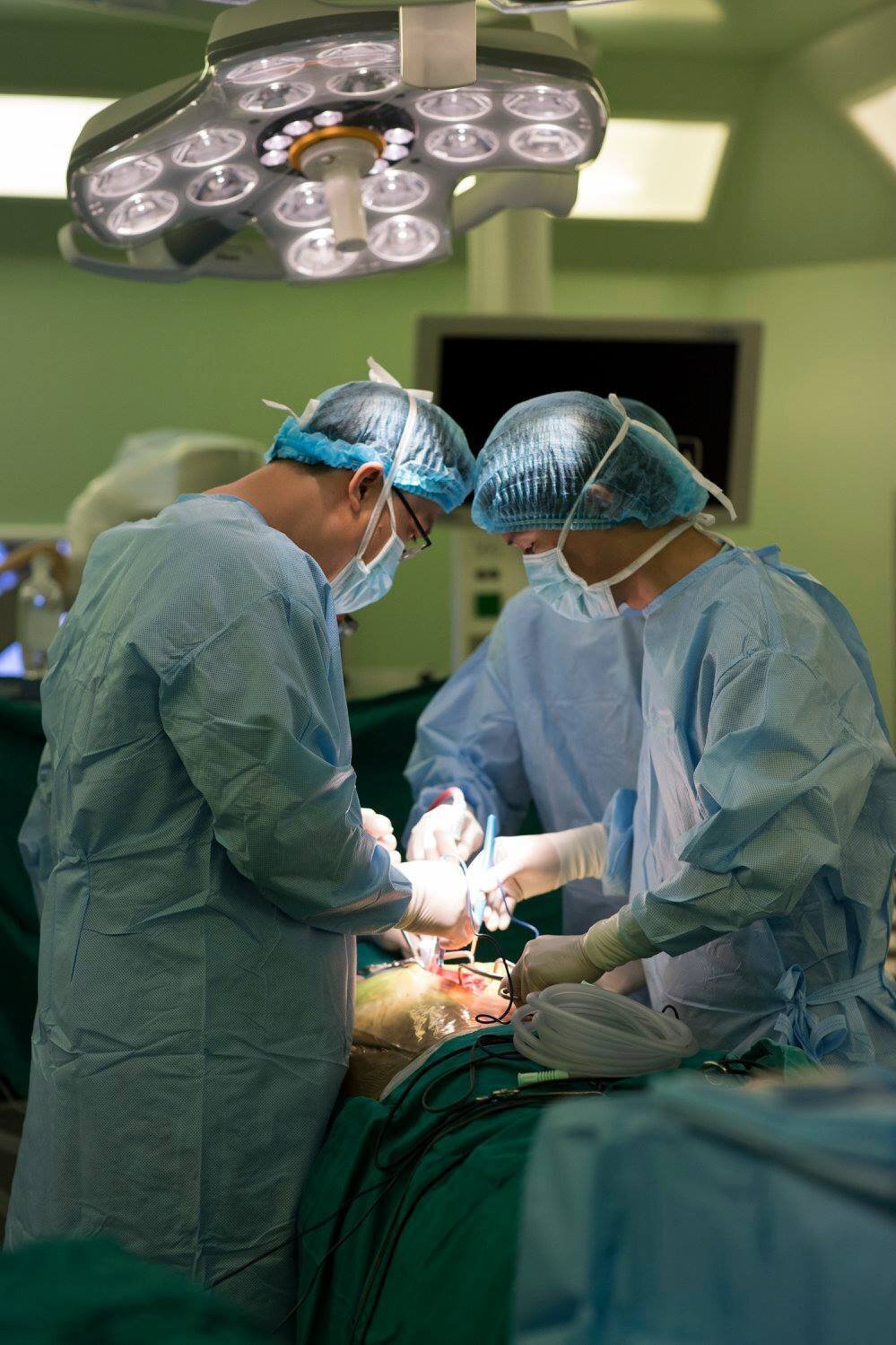
After anesthesia and disinfection, the doctors exposed the surgical area on the patient's back and screwed the patient's thoracic vertebrae.
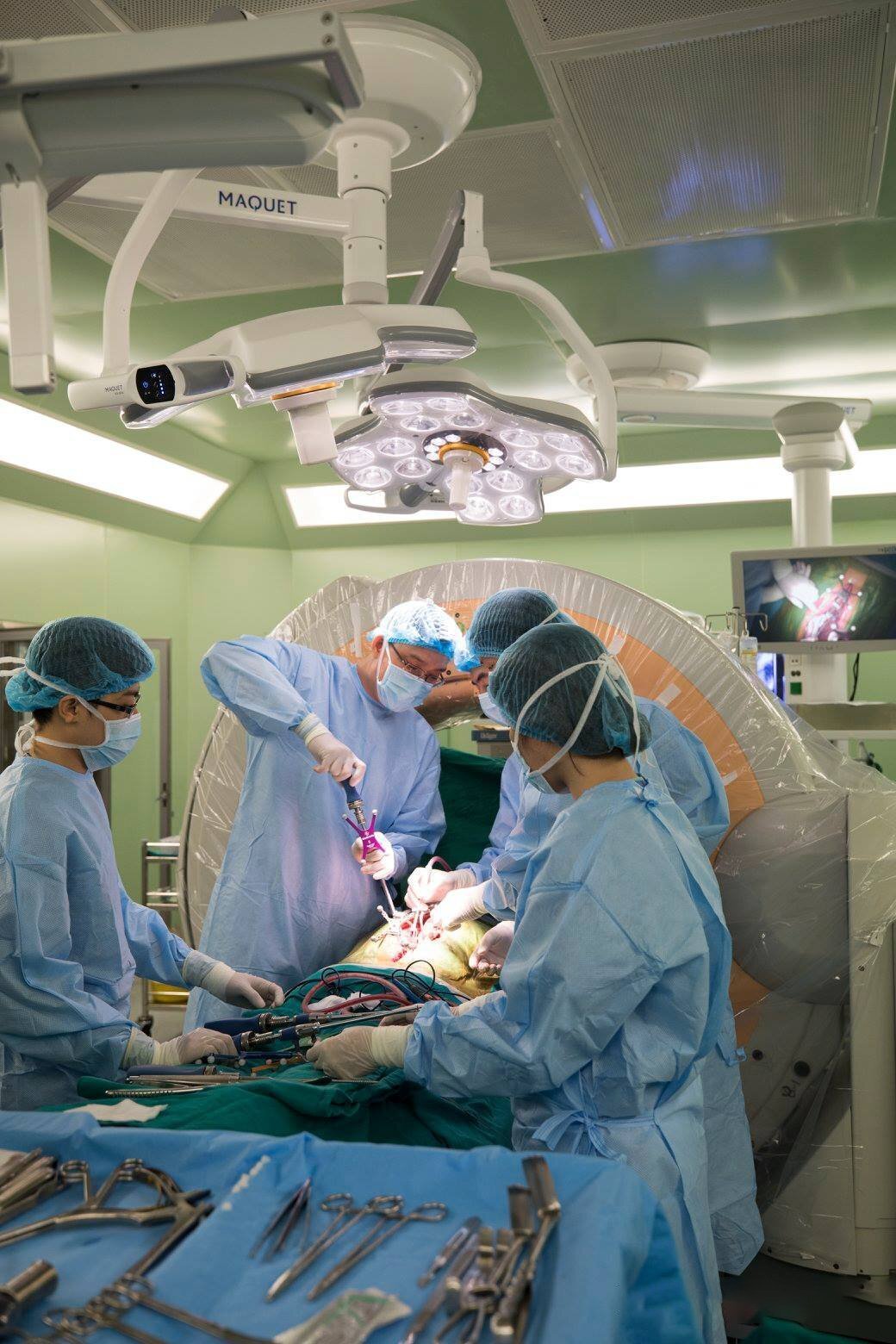
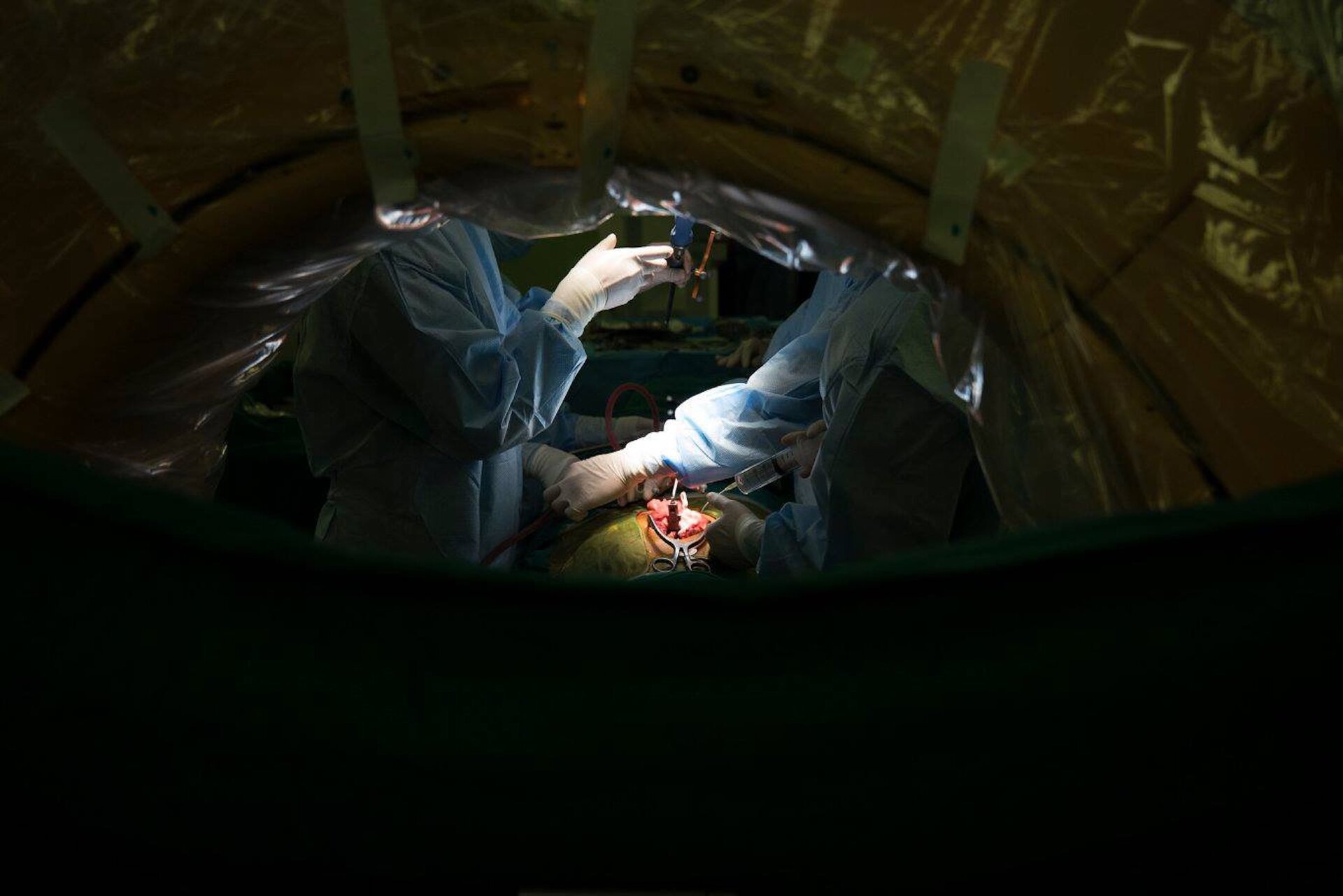
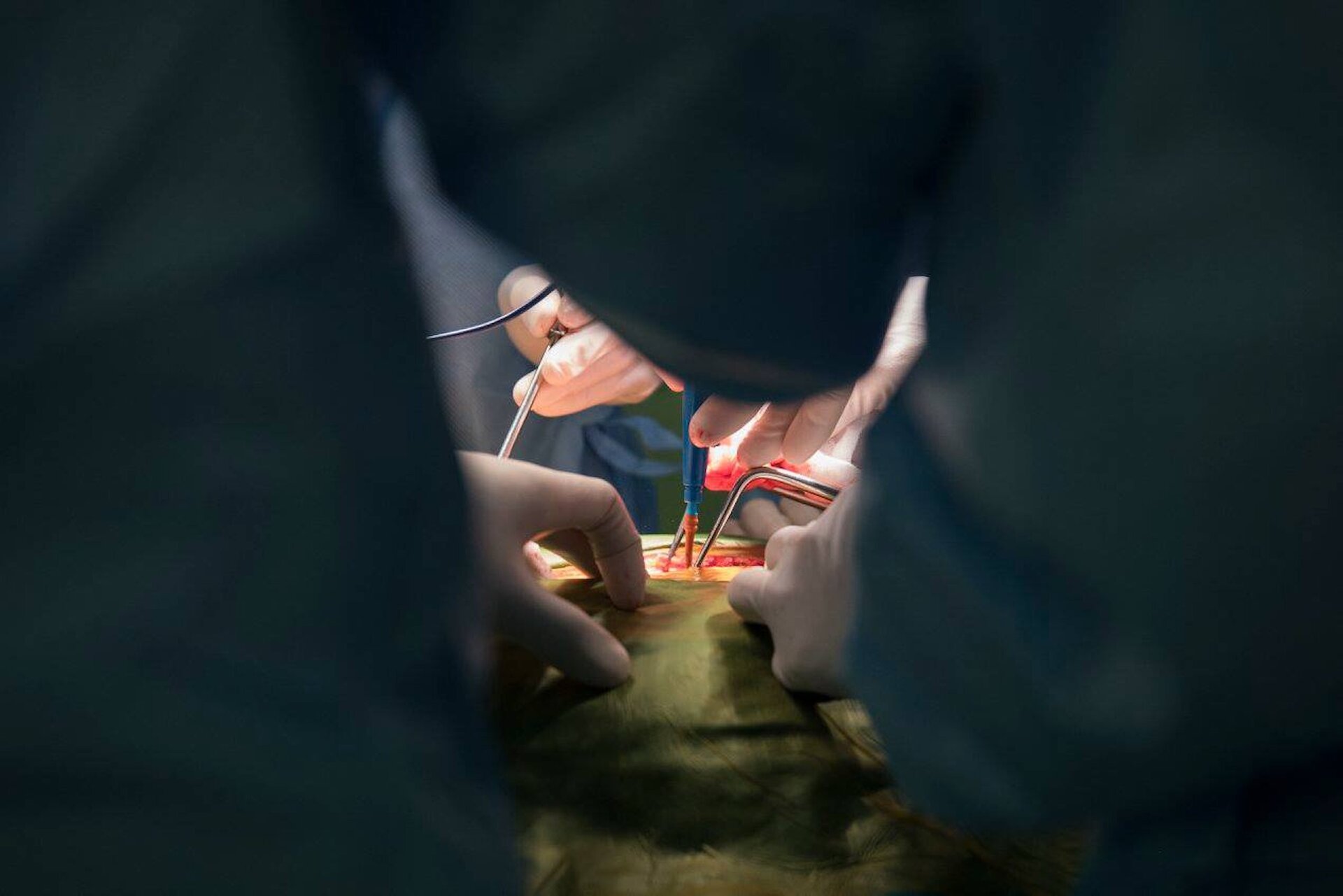
The surgical team placed two braces to fix the spine on both sides to maximally correct the thoracic and lumbar scoliosis, then grafted autologous bone and artificial bone to the patient.

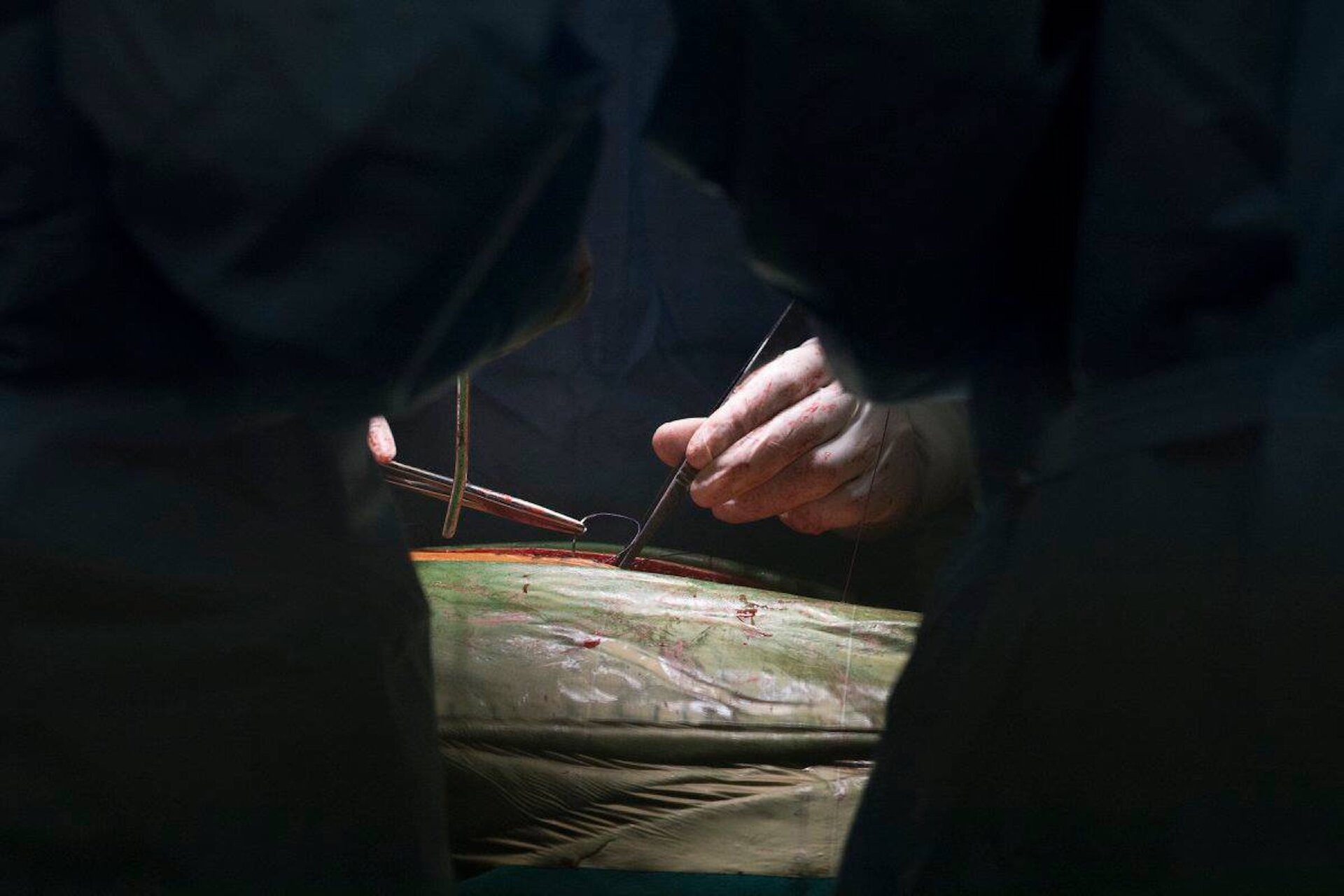
The Head of the Department of Orthopedics and Spine Trauma assessed that this was a difficult surgery, the patient was young, the congenital scoliosis was easily accompanied by diseases of the spinal cord, cardiovascular system, respiratory system... so the surgeon must be highly skilled and have knowledge of the nervous system. During the surgery, the doctors must be extremely careful because the spine directly affects the patient's ability to walk and stand. "We have to be careful every step of the way so as not to affect other functions of the child's body," said Associate Professor, Dr. Hoang Gia Du.
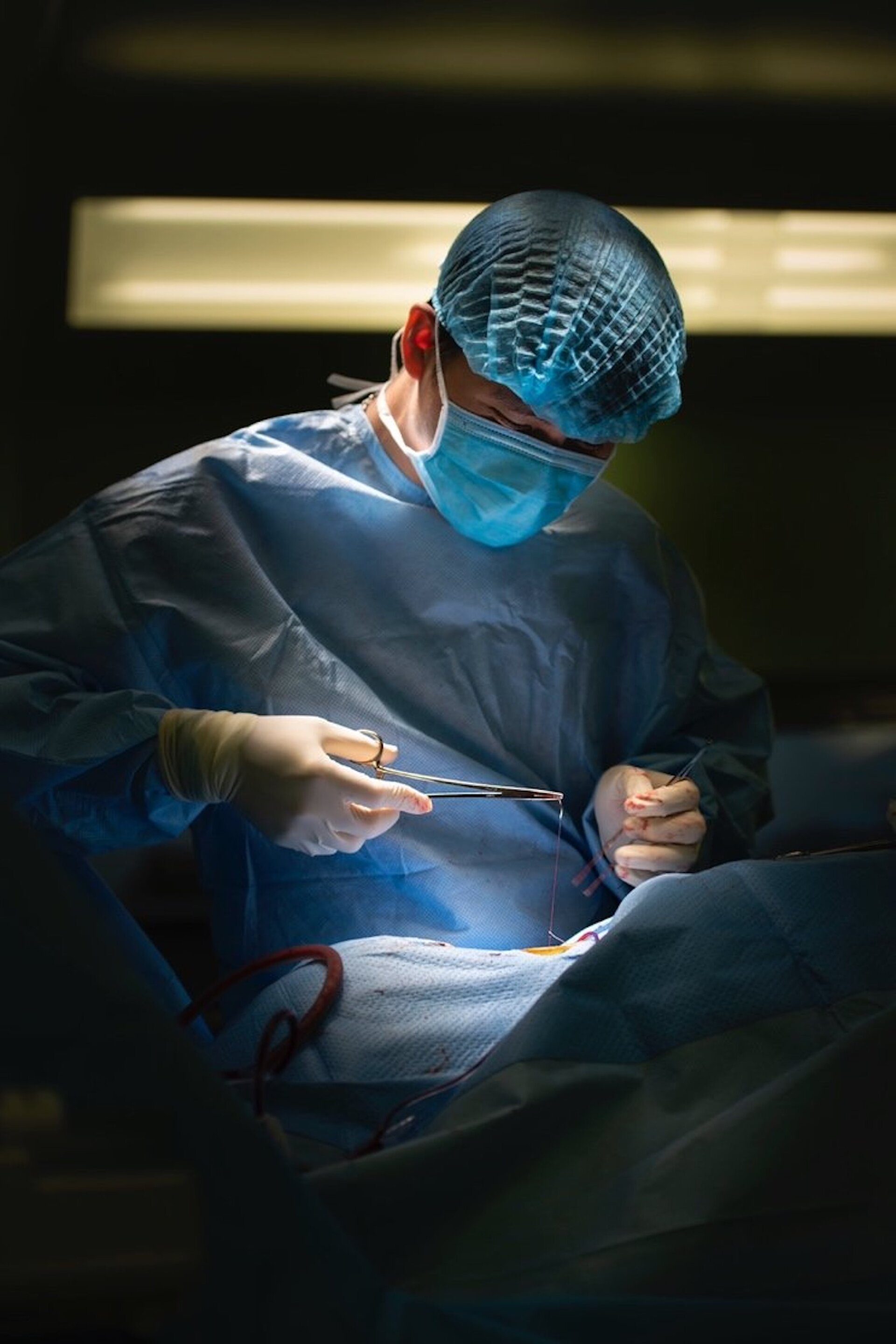
After several hours, the surgery was completed, the doctor stitched up the incision. The patient remained in the post-operative room for observation before being transferred to the recovery room. The head of the surgery said that the spine helps support the body's gravity and connects the bones, controlling human movement. Spinal correction will help protect the spinal cord, preventing further damage to other areas.
Source



![[Photo] National Conference "100 years of Vietnamese Revolutionary Press accompanying the glorious cause of the Party and the nation"](https://vphoto.vietnam.vn/thumb/1200x675/vietnam/resource/IMAGE/2025/5/30/1cf6cd5c8a934ebfa347028dcb08358c)
![[Photo] General Secretary To Lam receives Chief of the Central Office of the Lao People's Revolutionary Party](https://vphoto.vietnam.vn/thumb/1200x675/vietnam/resource/IMAGE/2025/5/30/140435f4b39d4599a3d17975dfb444c5)
![[Photo] A delegation of 100 journalists from the Vietnam Journalists Association visits the soldiers and people of Truong Sa island district.](https://vphoto.vietnam.vn/thumb/1200x675/vietnam/resource/IMAGE/2025/5/30/0984a986227d4e988177f560d2e1563e)

![[Photo] Journalists moved to tears at the Memorial Service for the soldiers who died in Gac Ma](https://vphoto.vietnam.vn/thumb/1200x675/vietnam/resource/IMAGE/2025/5/30/9454613a55c54c16bf8c0efa51883456)





![[Video] Vietnam strives to master the technology to produce 15 types of vaccines by 2030](https://vphoto.vietnam.vn/thumb/402x226/vietnam/resource/IMAGE/2025/5/30/9b660538f5aa46daaff8b19dc9ca8204)








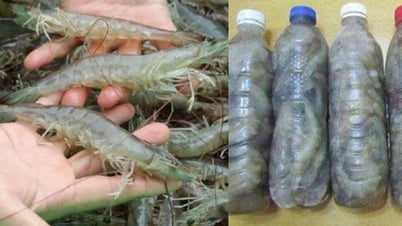














































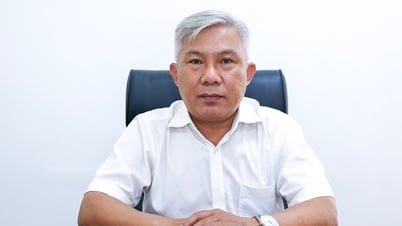



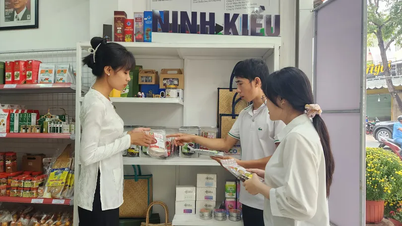

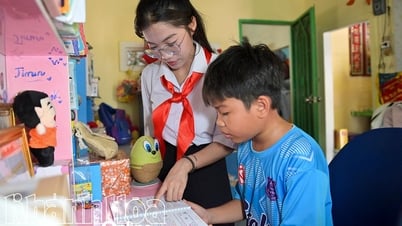
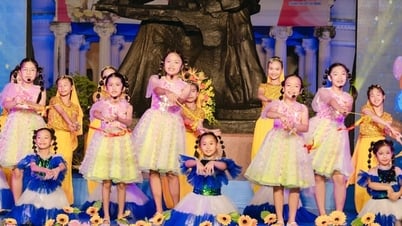
















Comment (0)